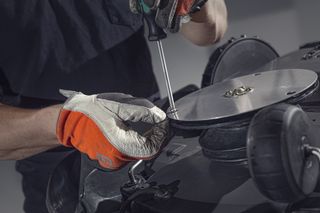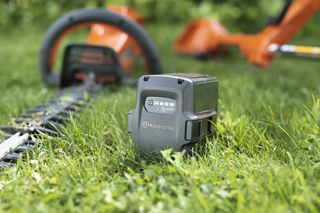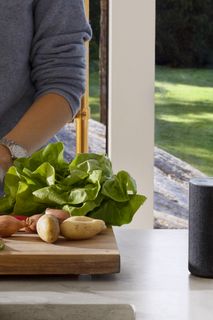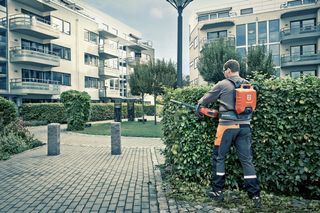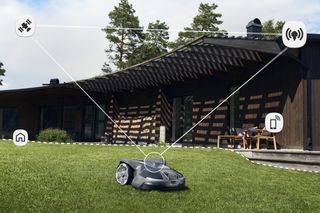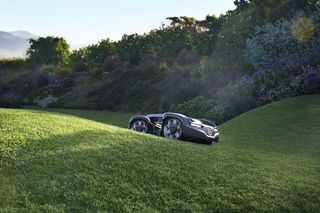Our mission is to minimise the carbon impact of lawn care
We want you to enjoy the process of creating the garden of your dreams while minimising your impact on the environment. That’s why at Husqvarna, we’re on a mission to reduce the carbon impact of lawn care.
One of our key ambitions is to drastically minimise the carbon emissions associated with the Automower® range – from production through to use phase and end of life. This goal is part of our broader Sustainovate initiative, where we are committed to a 35% reduction in carbon emissions across our entire value chain by 2025.
Of course, by choosing Automower® as opposed to a petrol-driven product, you’ve already taken a step towards cutting your garden’s carbon footprint.
3 phase approach to minimising our carbon impact
Since 2006, more than 2.6 million robotic mowers have been manufactured at our facility in Newton Aycliffe (County Durham, UK). By 2015, the facility had reduced its carbon footprint by 70%.
Several initiatives have contributed to today’s reductions, including the sourcing of 100% renewable electricity and zero waste going to landfill.
To reduce carbon emissions even further, the facility is focused on conserving resources during the production process. As some manufacturing lacks realistic renewable alternatives at present, carbon emissions are instead compensated through carbon-reduction initiatives. Emissions are thus minimised through a combination of green electricity use, energy-efficiency measures, and carbon compensation programs. That’s why our facility is recognised as a “Carbon Neutral manufacturing site”.
Our mission to reduce the carbon impact of lawn care continues into the gardens of our customers. By switching from a petrol-driven mower to a battery-driven product, like Automower®, you are already drastically reducing your carbon footprint.
At Husqvarna, we take responsibility for our products at the end of their lifecycle. To ensure the products’ plastic components are recycled to the highest degree possible, we label each individual recyclable part.
To support this, we also ensure that our machines can be easily and effectively repaired to achieve the longest possible lifetime. By choosing Automower®, you’re not just choosing an automated and intuitive solution for bringing your dream sanctuary to life – you’re also choosing a path towards carbon-minimised lawn care.
Learn more about Husqvarna’s range of robotic lawn mowers. You can also find out more about our 2025 target on our Sustainovate page.
FAQ
A: Our strategy is to measure the product’s greenhouse gas emissions throughout its entire lifetime. This process is called carbon footprinting. In addition, our strategy is to reduce carbon emissions as much as possible through multiple carbon-reduction initiatives.
A: The carbon footprint of a product is the total emissions caused by the product, from raw materials to end-of-life. It is measured in carbon dioxide equivalent (CO2e).
A: Husqvarna includes:
- The materials used for the product
- The manufacturing of the product
- The use of the product
- The recycling of the product
A: Husqvarna conduct Life Cycle Assessments (LCA) to calculate a product’s carbon footprint by using the global standard ISO 14067. We get a third party to evaluate the product’s CO2 balance.
A: Husqvarna sources 100% renewable electricity to supply the demand of its manufacturing sites – and has also implemented a number of carbon-reduction initiatives to further reduce the emissions from production. Husqvarna compensates for the remaining and unavoidable carbon emissions by purchasing emissions reductions.


